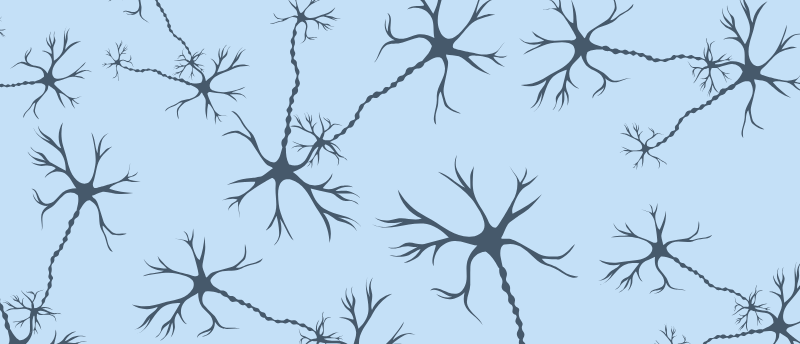Untangling the role of TYK2 in Alzheimer’s disease tau pathology

TYK2’s role in the development of intracellular tau neurofibrillary tangles associated with neurodegeneration has been discovered.
Researchers at Baylor College of Medicine (TX, USA) and collaborating institutions have recently identified the role of an enzyme called tyrosine kinase 2 (TYK2) in producing intracellular tau protein aggregates associated with Alzheimer’s disease. The team is hopeful that their findings will eventually lead to the development of therapeutic interventions for tau-induced dementias.
Healthy tau binds and stabilizes the microtubules responsible for maintaining the structure of the lengthy axons of nerve cells, which conduct electrical impulses. However, it is understood that excessive tau phosphorylation leads to its dissociation from microtubules, dissemination into neighboring cells and aggregation into intracellular neurofibrillary tangles (NFTs). These NFTs are associated with dozens of neurological disorders, including Alzheimer’s disease, which is characterized by NFTs alongside extracellular plaques of aggregated amyloid beta in cerebral tissue. Previous work from this team implicated the role of the phosphorylating enzyme TYK2 in the development of NFTs via cross-species genetic screening.
Based on these findings, the researchers sought to investigate how TYK2 and tau interact to cause aggregation using cultured human cells and transgenic mouse models expressing aggregate-forming tau to replicate NFT-associated dementia. To identify where TYK2 phosphorylates tau, researchers developed a series of tau variants in which a distinct tyrosine residue was mutated. In vitro kinase assays revealed that when the tyrosine residue in position 29 was removed, tau was not phosphorylated by TYK2. Additionally, tau phosphorylation did not occur if residues 25 to 30 were blocked by the binding of a genetically encoded intrabody. These findings together identified that TYK2 specifically phosphorylated tau tyrosine 29.
 Protein aggregation pathway uncovered in ALS
Protein aggregation pathway uncovered in ALS
The pathway leading to the telltale sign of ALS, protein aggregation in the cytoplasm of motor neurons, has been revealed.
To confirm the significance of tyrosine 29 phosphorylation in the development of NFTs, mice received mRNA via infection with a viral vector, encoding either a pathogenic tau variant or a double mutant tau variant. The double mutant tau variant also contained the previously established phosphorylation-blocking mutation at tyrosine 29. Mice that expressed the latter pathogenic tau variant were found to have significantly lower levels of hyperphosphorylated insoluble tau, demonstrating the role of tyrosine 29 phosphorylation in the accumulation of pathogenic tau.
Tyrosine 29 tau phosphorylation appears to increase the stability of tau and prevents its clearance via autophagy, a cellular maintenance process in which cytoplasmic contents are digested and their building blocks recycled. Phosphorylated tau levels within cells then increase, encouraging subsequent aggregation. The addition of a phosphate group at this specific site was found to lead to significantly higher levels of insoluble, aggregate-prone tau.
With these promising preliminary findings, researchers are aiming to exploit and repurpose established therapeutics that target TYK2 for the treatment of Alzheimer’s disease and related neurodegenerative conditions, “…we are encouraged by the fact that others have developed TYK2 inhibitors that have been tested in humans for other indications,” elaborated Huda Zoghbi, corresponding author of the study. However, the team stressed that further studies are needed to investigate if these inhibitors can enter the brain and lower tau levels.